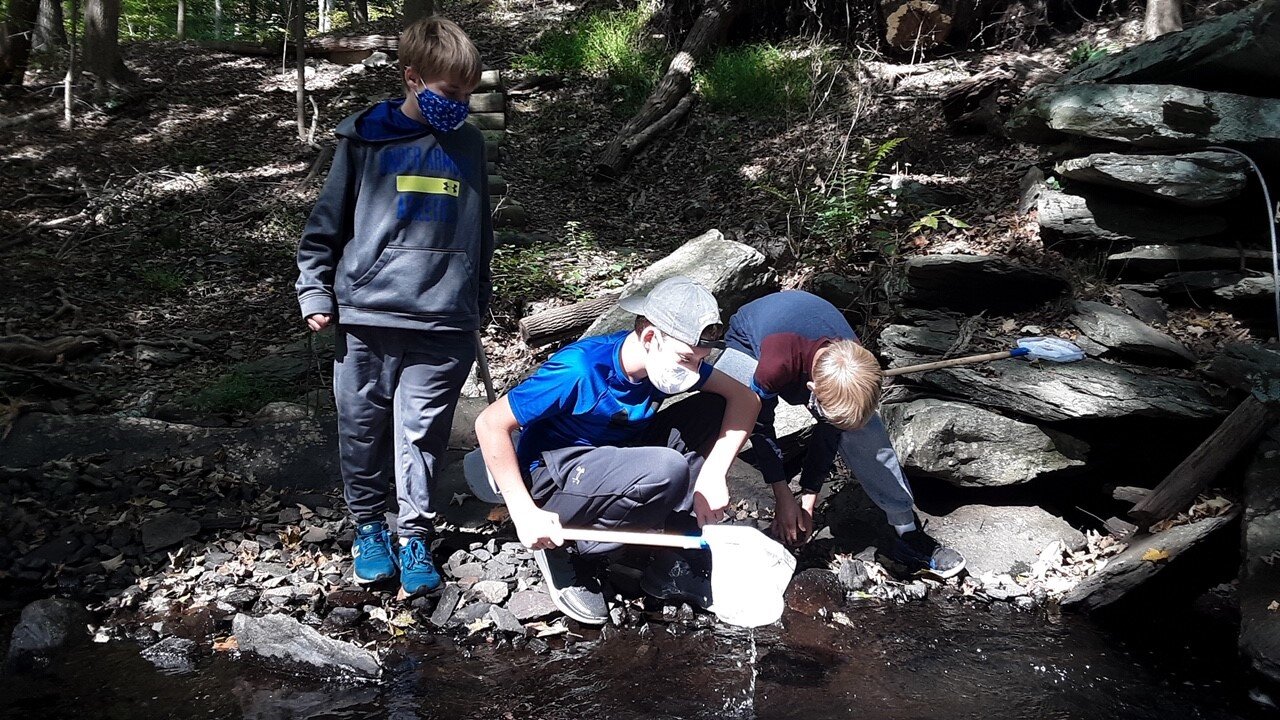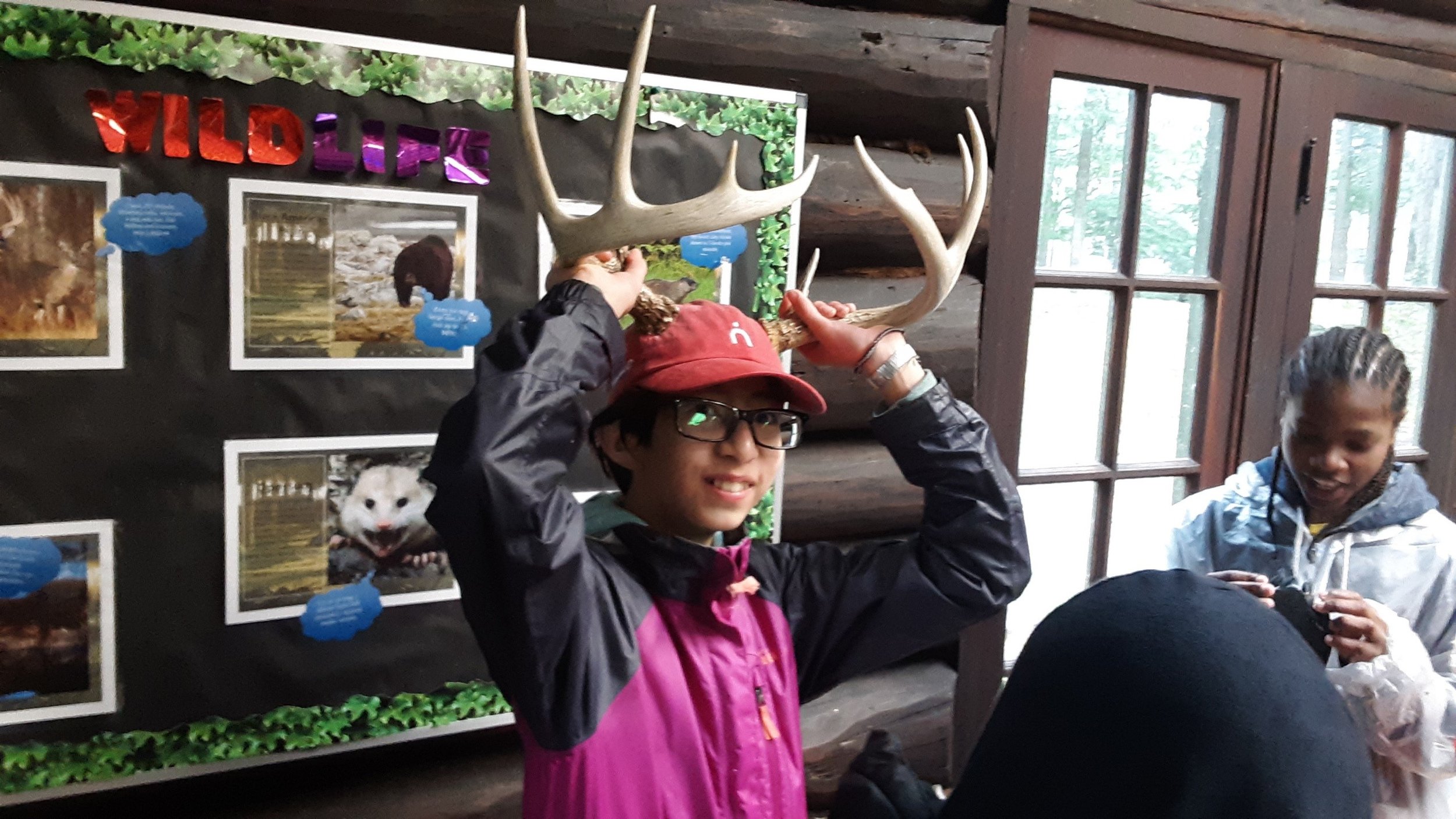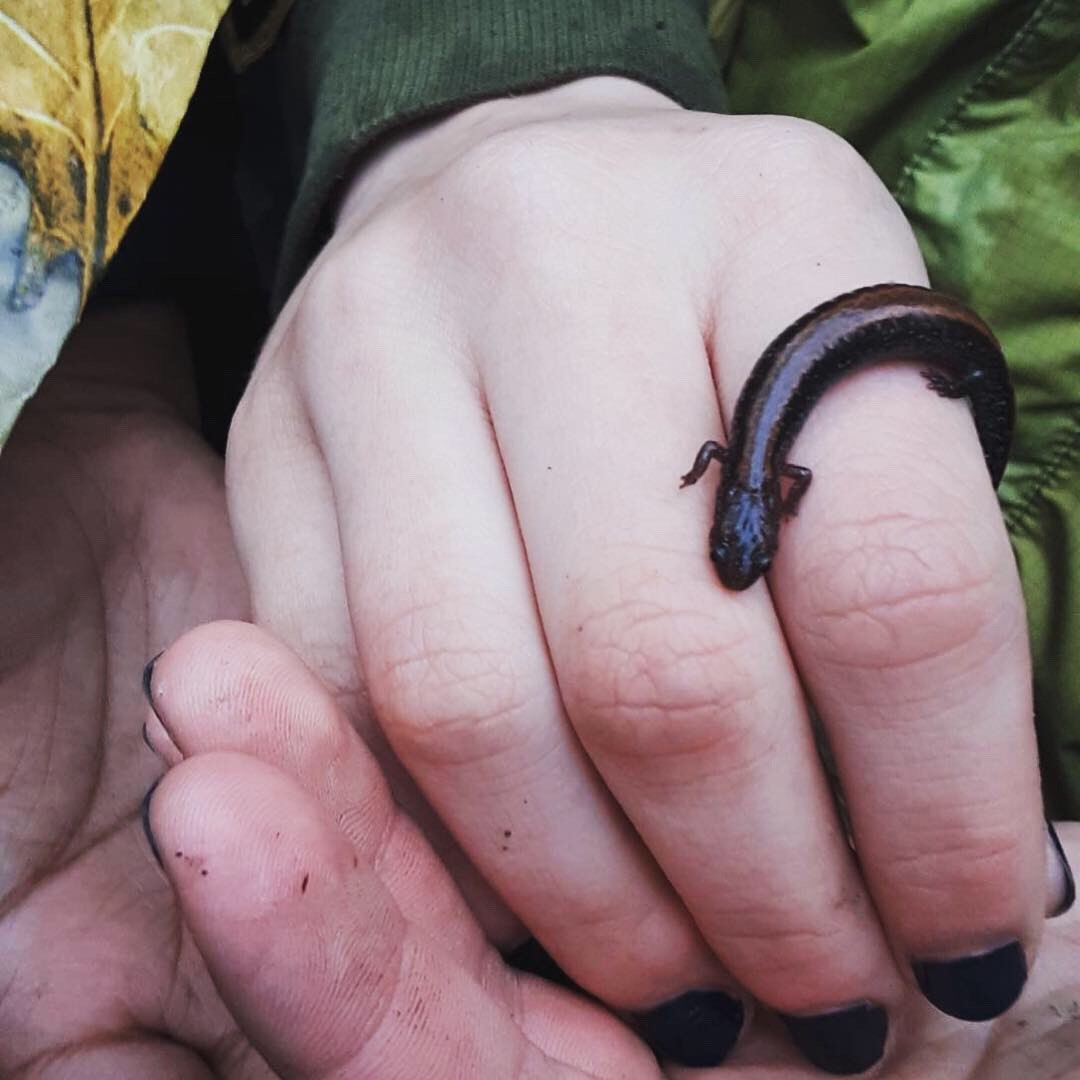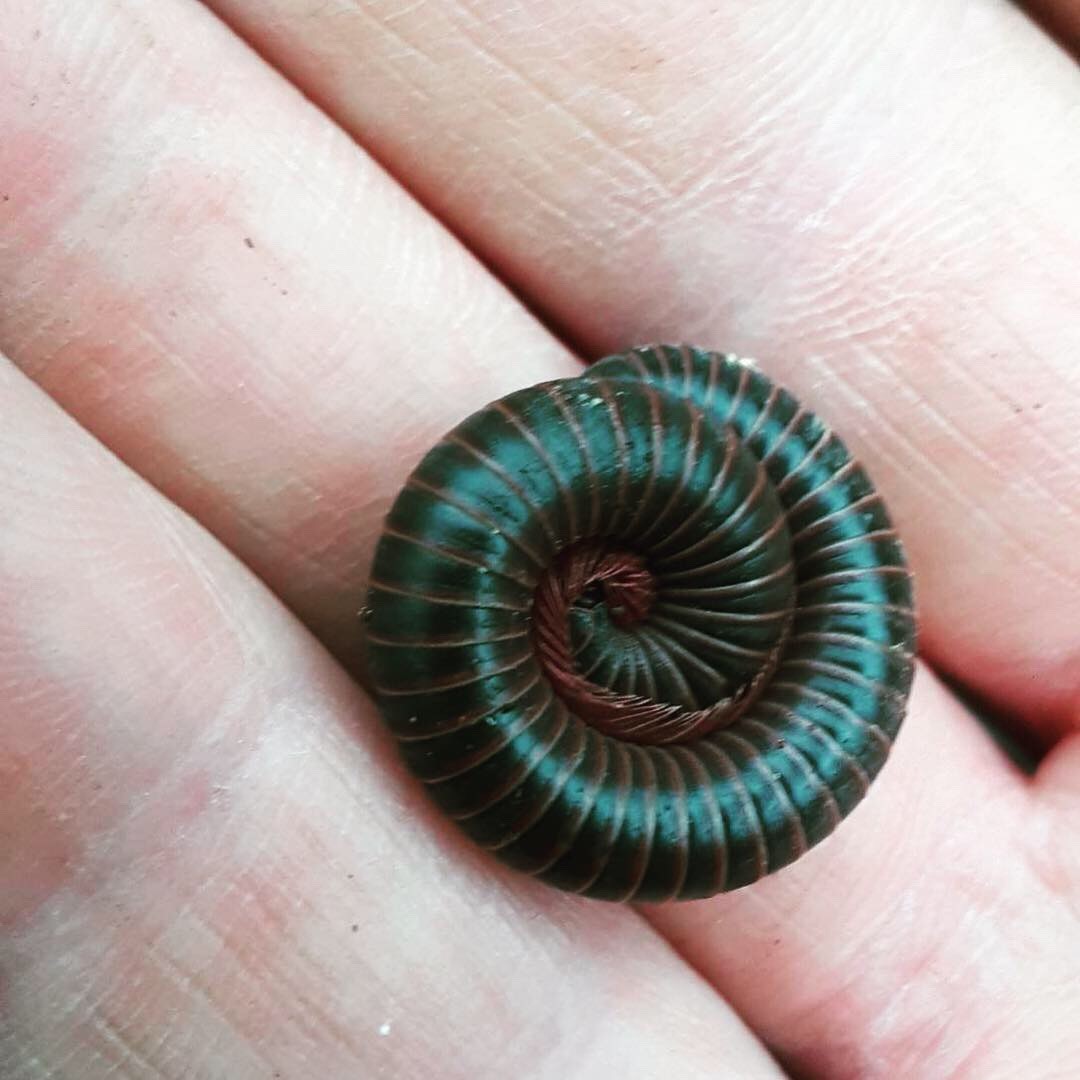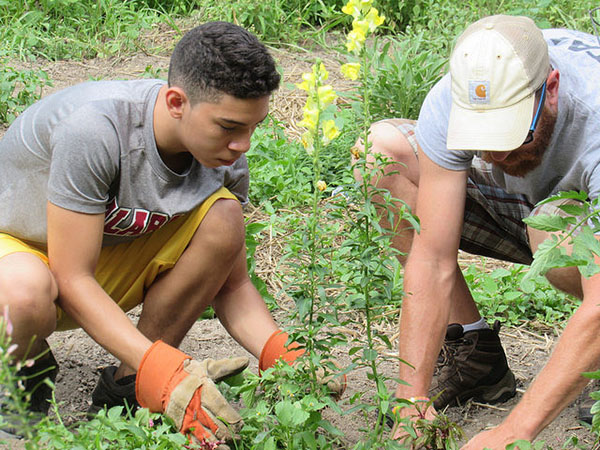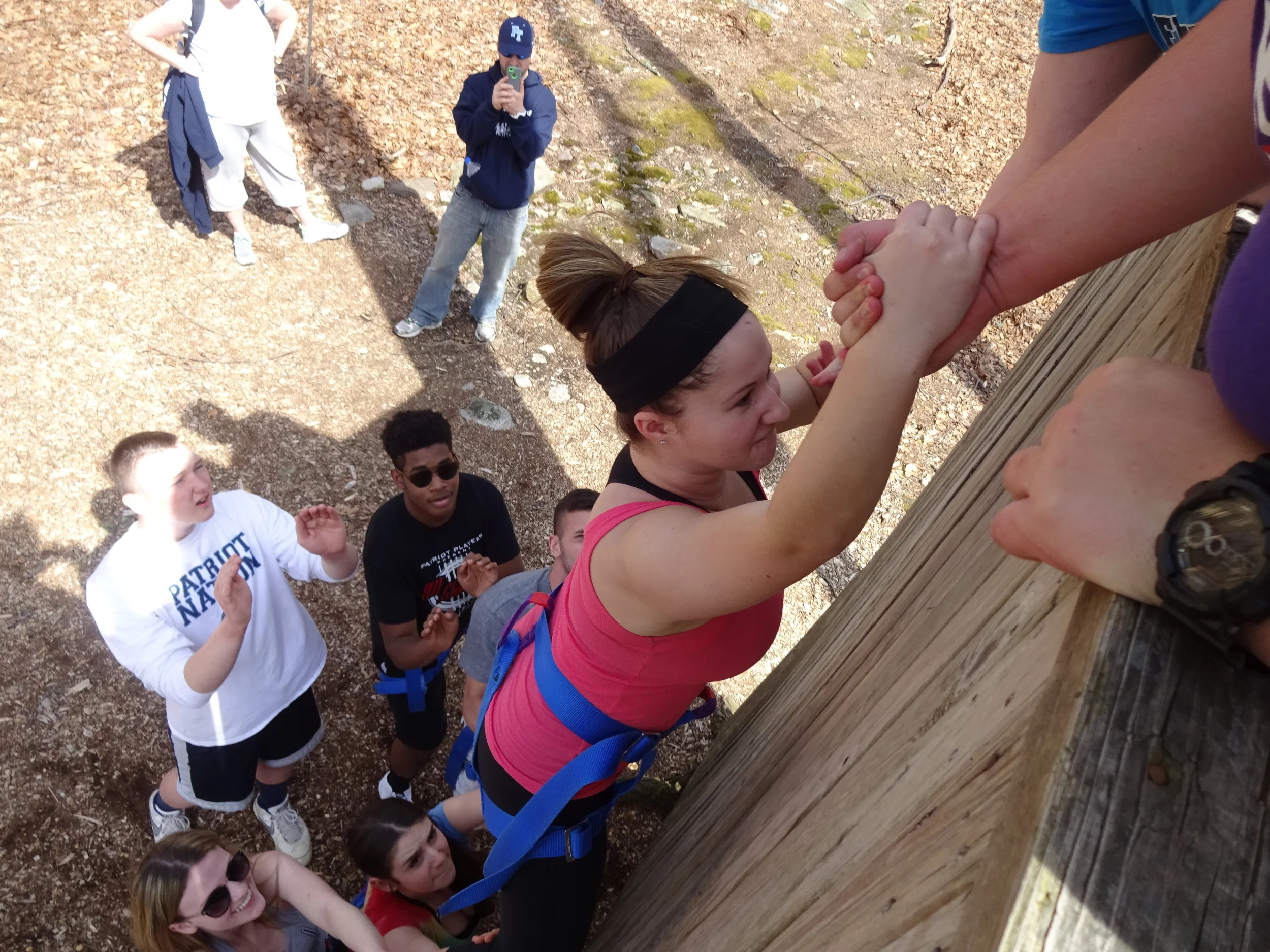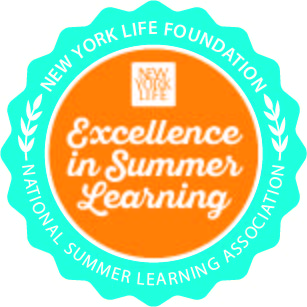“I’m not really an outdoorsy person, and I don’t like bugs, either. But being out in nature and experiencing things hands-on really opened [my mind] and made me enjoy it more. ”
Environmental Education at the Princeton-Blairstown Center
Revised in 2021, the Princeton-Blairstown Center now offers fifteen curriculum-aligned environmental education programs perfect for schools, featuring inquiry-based, hands-on science learning. Each program combines outdoor exploration with STEM- and SEL-reinforcing activities to help participants engage more deeply with science and the scientific method. Our curriculum is aligned to middle school curriculum standards. However, Center staff can help high school teachers plan the use of our outdoor classroom for higher-level, hands-on biology and environmental/earth science classes. (Next Generation Middle School Standards Alignment Indicated)
Forest Ecology: Plants
Science Standards: MS-LS1 (From Molecules to Organisms: Structures and Processes); MS-LS2 (Ecosystems: Interactions, Energy, and Dynamics)
Have you ever wondered how plants live their whole lives rooted in one place? Explore while observing plant life in our forest! Identify plant structures, biotic and abiotic components of ecosystems, and their unique purposes through active exploration, hiking, and hands-on activities. Students will have opportunities to examine water and nutrient cycling, along with photosynthesis and transpiration.
Preview some Plants topics in this short video!
Forest Ecology: Wildlife
Science Standards: MS-LS1 (From Molecules to Organisms: Structures and Processes); MS-LS2 (Ecosystems: Interactions, Energy, and Dynamics); MS-LS4 (Biological Evolution: Unity and Diversity)
Do you know which animals live in our forests? Take a walk on the “wild” side and find out firsthand! Hike, explore, and learn about habitats, predator-prey relationships, animal adaptations, and ecosystem factors, which together determine species’ survival.
Preview the kinds of animals you might find during your exploration here!
Stream Science
Science Standards: MS-ESS2 Earth’s Systems; MS-LS2 Ecosystems: Interactions, Energy, and Dynamics; MS-LS4 Biological Evolution: Unity and Diversity
What impact does water have on plants, animals, and people? Through water-based activities, experiments, demos, and observations, examine the physical features and health of Bass Lake and Blair Creek. Then, apply on-site learning to theorize potential impacts of water quality on the health and survival of the living things that depend on it.
Sustainable Living: Gardens and Soil
Science Standards: MS-ESS3 Earth and Human Activity; MS-LS1 From Molecules to Organisms: Structures and Processes; MS-LS2 Ecosystems: Interactions, Energy, and Dynamics
So, you think you know what lives below your feet? Take a soil sample and get an up-close look at the components of healthy soil (including the macroinvertebrates that work to turn organic “trash” into topsoil “treasure”), and how soil composition affects our ability to grow food. Then, reflect and consider what you might do to increase sustainable behaviors and reduce food waste in your home, school, or community.
Preview the kinds of activities you will be involved in here!
Sustainable Living: Energy and Sustainability
Science Standards: MS-ESS3 Earth and Human Activity; MS-PS3 Energy; MS-LS2 Ecosystems: Interactions, Energy, and Dynamics
What is energy, and how is it made, used, and stored? This program explores various forms of energy, including the Center’s hydroelectric, solar, and geothermal energy systems. Students will also compare each method of energy production observed to “traditional” methods of energy generation. Additionally, students will be introduced to the concept of sustainability through the lens of energy and food consumption and consider how each relates to their own lives and choices.
Preview what you will learn in our sustainable living: energy and sustainability course here.
Ornithology
Science Standards: MS-ETS1 Engineering Design; MS-LS3 Heredity: Inheritance and Variation of Traits; MS-LS4 Biological Evolution: Unity and Diversity
What types of birds do we see in flight while walking around the Blairstown Campus? How have birds adapted to the environmental conditions found in this area? This course explores the rich variety of birds that make their home around Bass Lake and Blair Creek. Students will learn basic ornithology (the science and study of birds) while exploring the physics of flight and the environmental challenges that birds face due to human encroachment on their habitat.
Find a preview of what you will learn in our ornithology course here.
Phenology and Climate Change
Science Standards: MS-ESS2 Earth’s Systems; MS-ESS3 Earth and Human Activity; MS-LS2 Ecosystems: Interactions, Energy, and Dynamics
What can the life cycle of plants tell us about the seasons? How is this intricate cycle being upended by climate change? This exciting course will get students tuned into natures rhythms by exploring seasonal changes among the flora surrounding Bass Lake and Blair Creek. Students will also have an opportunity to apply what they have learned to help manage the Center’s garden which provides farm-to-table meals throughout the growing season.
Preview what you will learn in our phenology and climate change course here.
Living on the Land
Science Standards: MS-ESS3 Earth and Human Activity
NJ Social Studies Standards: 6.1.8.B.2.a Determine factors that impacted emigration, settlement patterns, and regional identities of the colonies; 6.1.8.B.2.b Compare and contrast how the search for natural resources resulted in conflict and cooperation among European colonists and Native American groups in the New World.
Have you ever wondered what this region looked like when Native Americans fished, hunted, and trapped beaver centuries ago? Or when Dutch settlers transformed the landscape by clearing the forest and building stone walls to mark out their pastures? Or when a private hunting and fishing club built a dam on Blair Creek to create Bass Lake? This course will guide students through the cultural, physical, and environmental history of the land that incorporates the Blairstown Campus and the surrounding area, noting the human impact over time and helping students to appreciate the importance of sustainable practices. Find a preview of what you will learn in this course here.
Geology
Science Standards: MS-ESS2 Earth’s Systems
What can rocks tell us about the past? How was the Delaware Water Gap formed between the mountains we see from the porch of Danielson Lodge? This course will introduce students to the terminology and tools that geographers use to understand the distant past. Students will play games like the “Rock Cycle Relay” and climb through eons represented on the Center’s boulder wall to learn about different rock types and how each was formed so many years ago.
Astronomy
Science Standards: MS-ESS1 Earth’s Place in the Universe
Do you think there is life on other planets? These lessons will introduce students to the basics of astronomy, incorporating vocabulary and concepts essential to understanding Earth’s place in the universe.
Preview the kinds of activities you will be involved in here!
Weather and Climate Change
Science Standards: MS-ESS2 Earth’s Systems; MS-ESS3 Earth and Human Activity; MS-LS2 Ecosystems: Interactions, Energy, and Dynamics
What is the difference between weather and climate? Is the planet really warming or are we just experiencing strange weather patterns of late? If the climate is changing, what is causing this to occur? These lessons will introduce students to the tools used by meteorologists to predict weather patterns and explore the science behind climate change and how it effects the natural environment.
Large Mammals
Science Standards: MS-LS2 Ecosystems: Interactions, Energy, and Dynamics; MS-LS4 Biological Evolution: Unity and Diversity
What are some of the common large mammals that live in the Delaware Water Gap region? Is it possible to learn more about these creatures by tracking their movements around the Blairstown Campus? How do scientists gather data about often elusive large mammals like bears, bobcats, and otters and what do they do with their findings? In this course students will track, collect, and interpret data on some of the large creatures who call the Center their home and draw conclusions about the natural habitat.
Preview the kinds of activities and animals you could experience here!
Nocturnal Animals and the Forest at Night
Science Standards: MS-ESS3 Earth and Human Activity; MS-LS2 Ecosystems: Interactions, Energy, and Dynamics; MS-LS4 Biological Evolution: Unity and Diversity; MS-PS4 Waves and Their Applications in Technologies for Information Transfer
Does the forest really go to sleep at night? What does night life in the woods look, sound, and feel like? This course will guide students through an exploration of nocturnal animals in northwestern New Jersey. Through field study and evening hikes, these lessons will introduce students to the basic features and adaptations common to animals who thrive in the dark forest surrounding the Center.
Preview the kinds of activities and animals you could experience here!
Amphibians of Blair Creek and Bass Lake
Science Standards: MS-ESS3 Earth and Human Activity; MS-LS2 Ecosystems: Interactions, Energy, and Dynamics; MS-LS4 Biological Evolution: Unity and Diversity
What are the unique characteristics and behaviors of amphibians that populate Blair Creek and Bass Lake? How can the study of salamanders and other “indicator species” inform us about the overall health of the natural environment? This course will guide students toward a greater understanding of amphibians, their unique qualities, and behaviors.
Find a preview of what you will learn in our amphibians course here.
Watershed Resources and Systems
Science Standards: MS-ESS2 Earth’s Systems; MS-ESS3 Earth and Human Activity
How does water move through the natural environment? What constitutes a “watershed” and how do these represent distinct ecosystems? How do humans interfere with the natural flow of water and how does this impact the plants and animals within a watershed ecosystem? This course will take a “birds eye” view of the Paulinskill River watershed (which includes Blair Creek and Bass Lake), noting major water courses and the natural habitats they support as well as the impact of human activity on the movement of water through the region.
Find a preview of what you will learn in our watershed resources and systems course here.



